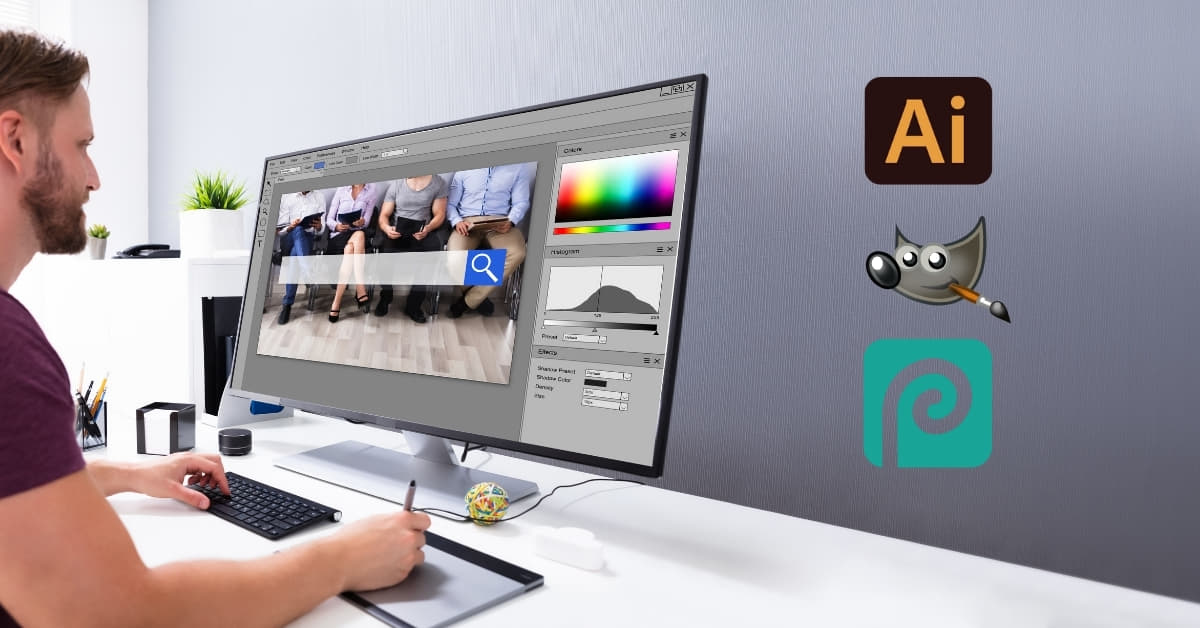In the ever-evolving world of photography, selecting the right photo editing software is crucial for enhancing and perfecting your images. With a myriad of options available, it can be overwhelming to choose the one that suits your needs. This comprehensive guide will compare popular photo editing software, helping you make an informed decision.
Comparing Photo Editing Software: Finding the Perfect Fit
Embark on a journey through the vast landscape of photo editing software as we delve into the intricacies of each, guiding you towards finding the perfect fit for your creative aspirations.
Adobe Photoshop CC
Adobe Photoshop CC stands as a pioneer in the realm of photo editing software. Known for its powerful features and versatility, it is an industry standard. Photoshop offers advanced tools for retouching, color correction, and manipulation, making it an ideal choice for professionals. However, its steep learning curve may be intimidating for beginners.
Lightroom Classic
Also from Adobe, Lightroom Classic is tailored for photographers who need efficient photo organization and editing. With a user-friendly interface, it simplifies tasks like batch editing and cataloging. Lightroom is a great choice for those who prioritize workflow and organization.
Capture One
Capture One is renowned for its exceptional color grading capabilities. This software is favored by professional photographers for its precision in color correction and raw file handling. While it may not have as extensive third-party plugin support as Photoshop, its powerful features make it a robust choice.
DxO PhotoLab
DxO PhotoLab excels in automatic corrections, leveraging its advanced algorithms to enhance image quality. Its unique DxO Smart Lighting feature intelligently adjusts exposure and contrast. This software is suitable for users who want efficient automatic enhancements without delving into manual adjustments extensively.
Affinity Photo
Affinity Photo is a budget-friendly alternative that doesn’t compromise on features. With a one-time payment, users get access to a wide array of tools for retouching, compositing, and digital painting. Affinity Photo is gaining popularity for its affordability without sacrificing professional-grade capabilities.
GIMP (GNU Image Manipulation Program)
For those seeking an open-source option, GIMP is a powerful and free alternative. While it may not have the same polished interface as commercial software, GIMP offers a wide range of features, making it a great choice for budget-conscious users or those who prefer open-source solutions.
FAQs
Which photo editing software is best for beginners?
Lightroom Classic and Affinity Photo are both user-friendly options suitable for beginners. Lightroom simplifies organization, while Affinity Photo provides a cost-effective yet powerful solution.
Can I use Photoshop and Lightroom together?
Yes, Adobe offers a Photography Plan that includes both Photoshop and Lightroom, allowing seamless integration for a comprehensive editing workflow.
Are there free alternatives to paid photo editing software?
GIMP is a robust open-source alternative that offers many features comparable to commercial software without the price tag.
What is the best software for color correction?
Capture One is renowned for its exceptional color grading capabilities, making it a top choice for photographers who prioritize precise color correction.
Can I use third-party plugins with these photo editing software?
Adobe Photoshop, Lightroom, and Affinity Photo support third-party plugins, providing users with additional tools and effects to enhance their editing capabilities.
Conclusion
Choosing the right photo editing software depends on your specific needs, preferences, and skill level. Whether you prioritize advanced features, user-friendly interfaces, or budget-friendly options, there’s a perfect match for everyone in the diverse world of photo editing software.
This page was last edited on 27 February 2024, at 6:07 pm
